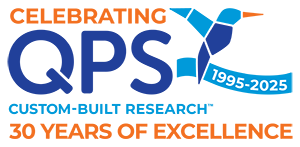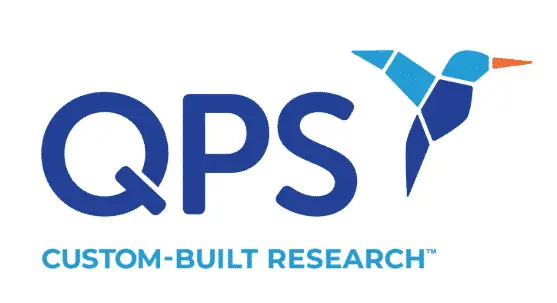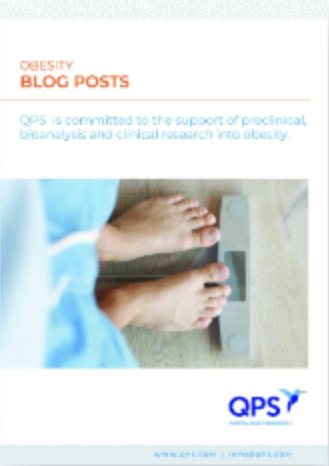Prolonged periods of rest are essential for the sick and those recovering from surgery, but bed rest takes its toll on human bodies. Animal muscle tissues express a fair degree of plasticity, and they respond negatively to inactivity. Prolonged periods of rest cause an organism to lose muscle mass simply due to disuse. This phenomenon is called atrophy, and such muscle loss can severely weaken an organism’s body or complicate its vital functions, which can decrease both quality of life and life span.
Mitsunori Miyazaki, associate professor at Hiroshima’s Graduate School of Biomedical and Health Sciences, along with colleagues Michito Shimozuru and Toshio Tsubota of Hokkaido University, have been looking for prospective means of reducing muscle loss from atrophy. Their work brought them to hibernating animals such as bears, which do not experience crucial skeletal muscle atrophy when hibernating despite remaining inactive for months at a time during the winter. To understand why this is possible, the researchers conducted experiments using bear blood.
Getting Results From Serum
In a joint study, the researchers extracted serum from seven hibernating Japanese black bears and added it to cultured human skeletal muscle cells to see if it altered the protein metabolism of skeletal muscle in vitro. They discovered that serum taken from hibernating bears affected protein metabolism in the cell cultures by suppressing protein-destroying factors. Moreover, they observed a significant increase in total protein content in the cultured cells after just 24 hours of treatment. The experiment was then repeated using serum extracted from active bears, which failed to produce the same results.
What Makes Hibernating Bear Blood Different?
The study showed increased numbers of proteins in the cell cultures incubated with hibernating bear serum. However, protein production rates remained unchanged. The high concentration was not a result of higher protein output, but instead, it seemed that something in the serum made the proteins last longer.
During homeostasis, animals balance the destruction and creation of the proteins in their bodies. Specific enzymes or proteins are used to carry out this function, such as the Muscle RING-finger protein-1 (MuRF1), which is thought to play a role in jumpstarting the shredding of unused muscles. In the cultures with hibernating bear serum, the researchers saw an alteration in the expression of the MuRF1 gene. To account for the higher protein content, they theorize that the observed decreased destruction of proteins may be related to the suppression of MuRF1.
The decrease in MuRF1 expression coincided with an increase in the activation of protein kinase B/Forkhead box class 03a (Akt/FOX03a). A correlation between these two factors was suggested, but what exactly activated Akt/FOX03a remains a mystery. Higher concentrations of insulin-like growth factor-1 (IGF-1) may play a role. Unfortunately, researchers still do not understand exactly what suppressed the MuRF1 gene.
As Miyazaki stated in a press release, “We have indicated that ‘some factor’ present in hibernating bear serum may regulate protein metabolism in cultured human skeletal muscle cells and contribute to the maintenance of muscle mass. However, the identification of this ‘factor’ has not yet been achieved.” Regardless, serum from hibernating bears may provide clues to a solution for reducing the muscle-diminishing effects of atrophy that can compound the effects of long-term muscle disuse due to illness.
A Potential Muscle-Building Booster
Researchers are hopeful that they can identify the factor that helps bears resume normal activity after months of rest and are excited about the potential for use in humans. From giving patients a better place from which to start their rehabilitation after months of bed rest to mitigating the musculoskeletal effects of deep space travel, the possibilities seem endless.
Did you enjoy this blog post? Check out our other blog posts as well as related topics on our Webinar page.
QPS is a GLP- and GCP-compliant contract research organization (CRO) delivering the highest grade of discovery, preclinical and clinical drug research development services. Since 1995, it has grown from a tiny bioanalysis shop to a full-service CRO with 1,100+ employees in the U.S., Europe and Asia. Today, QPS offers expanded pharmaceutical contract R&D services with special expertise in neuropharmacology, DMPK, toxicology, bioanalysis, translational medicine and clinical development. An award-winning leader focused on bioanalytics and clinical trials, QPS is known for proven quality standards, technical expertise, a flexible approach to research, client satisfaction and turnkey laboratories and facilities. Through continual enhancements in capacities and resources, QPS stands tall in its commitment to delivering superior quality, skilled performance and trusted service to its valued customers. For more information, visit www.qps.com or email info@qps.com.








